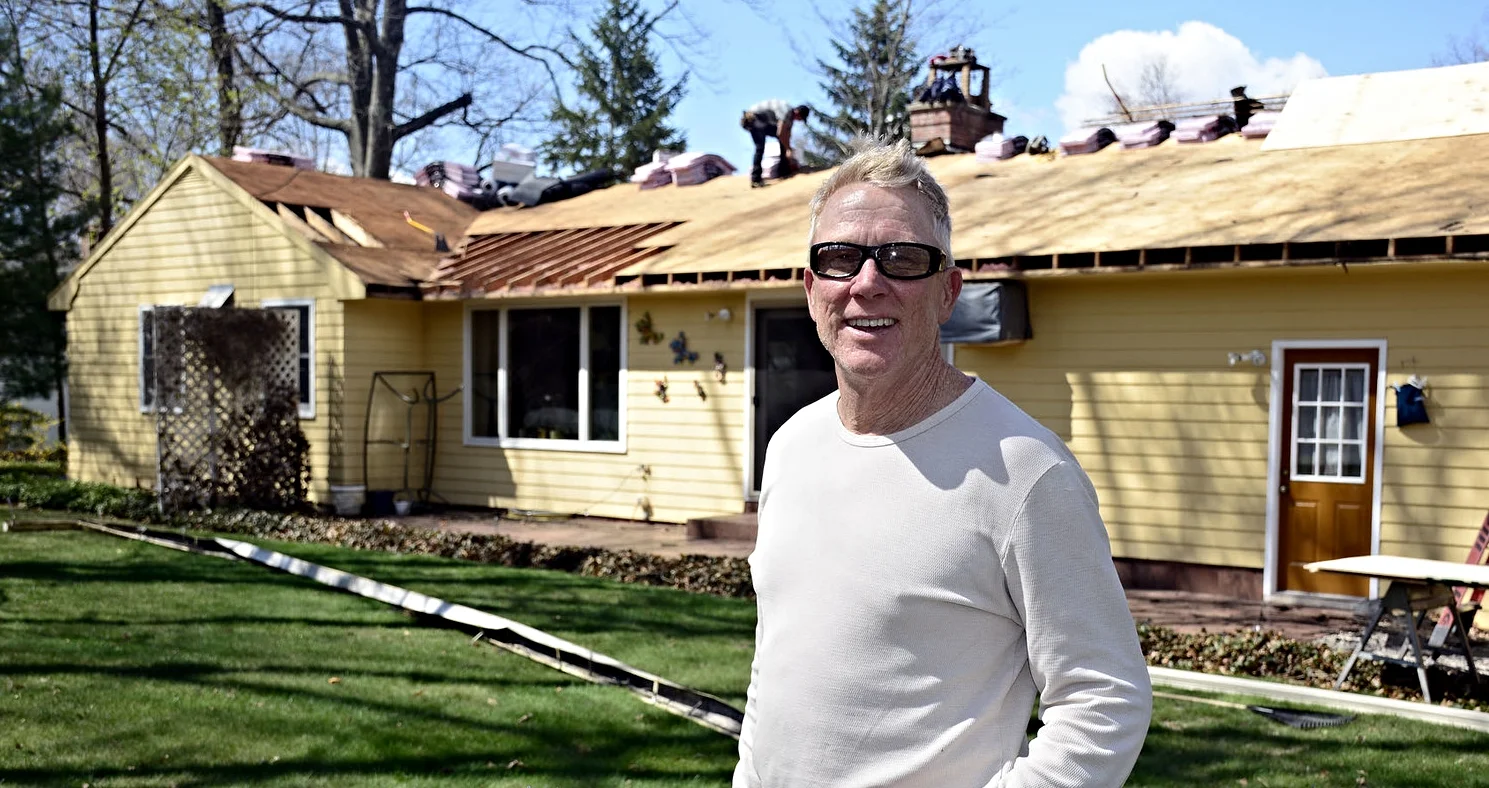Attic Ventilation is Key for the Home
Chelsea O'Donnell
As summer gives way to cooler fall nights here in Connecticut, your attic becomes one of the hardest-working (and most overlooked) parts of the house. Trapped heat, lingering humidity, and poor airflow can quietly damage your roof from the inside out. The solution is simple but powerful: proper insulation and ventilation. When done right, this combination protects your roof, lowers energy costs, and delivers a return on investment that lasts for decades.
In our area, many attics are under-insulated and poorly ventilated. I still meet homeowners who want to save a few bucks by shingling over an old roof. The problem is, what you can’t see can hurt you - trapped moisture and heat can quietly rot plywood, cook shingles, and shorten a 30-year warranty roof to something far less.
Airflow is non-negotiable. A healthy attic “breathes”: fresh air in at the eaves and stale, warm, moisture-laden air out at the peak. Intake typically comes through continuous soffit vents or a product like SmartVent, which installs near the gutter line. For exhaust, modern ridge vents beat old louver (gable) vents. If you have both, keep the louvers closed - mixing systems turn those louvers into unintended intakes that only cool the top third of the attic and leave the rest to sweat it out.
Insulation and ventilation are a package deal. Ventilation manages airflow; insulation manages temperature. Fiberglass batts (yep, the pink or yellow stuff) and blown-in insulation reduce heat loss in winter and heat gain in summer. But without balanced ventilation, even the best insulation can absorb moisture, slump, and underperform - especially as temperatures swing this time of year. That’s when we see telltale signs like musty smells, rusty nails, and in cold snaps, even frost on the underside of roof decking.
A quick seasonal checklist can save you from expensive surprises:
Make sure bath fans and dryer vents exhaust outside, not into the attic.
Confirm continuous intake at soffits (baffles help keep insulation from blocking airflow).
Use a continuous ridge vent for exhaust; don’t mix with open gable louvers.
Air-seal attic penetrations (wires, pipes, light boxes) before adding insulation.
Aim for appropriate insulation depth and even coverage, especially over the living areas.
Thinking about re-roofing? Ask your contractor for a ventilation and insulation plan - not just a shingle quote. Upgrading airflow and R-value when you replace a roof is the definition of smart timing. It protects the new shingles, preserves the roof deck, keeps comfort consistent, and trims energy costs season after season. In other words, it’s one of those un-flashy upgrades that pays you back quietly, year after year, while your neighbors wonder why their AC and furnace never seem to get a break.
As summer winds down and the furnace season creeps in, set your attic up to win. Proper insulation and ventilation will regulate temperatures, manage moisture, extend roof life, and safeguard warranties. It’s a modest upgrade with long-term dividends and comfort you can feel with savings you can count on.
Bob O’Donnell is the owner of O’Donnell Bros, Inc., a Bristol-based home improvement company established in 1975. Email your questions for Bob to info@odonnellbros.com with the subject line “Ask the Pro”. All questions may be considered for publication. To contact Bob for your remodeling needs, call O’Donnell Bros, Inc. at (860) 589-5155 or visit www.odonnellbros.com. Advice is for guidance only.
